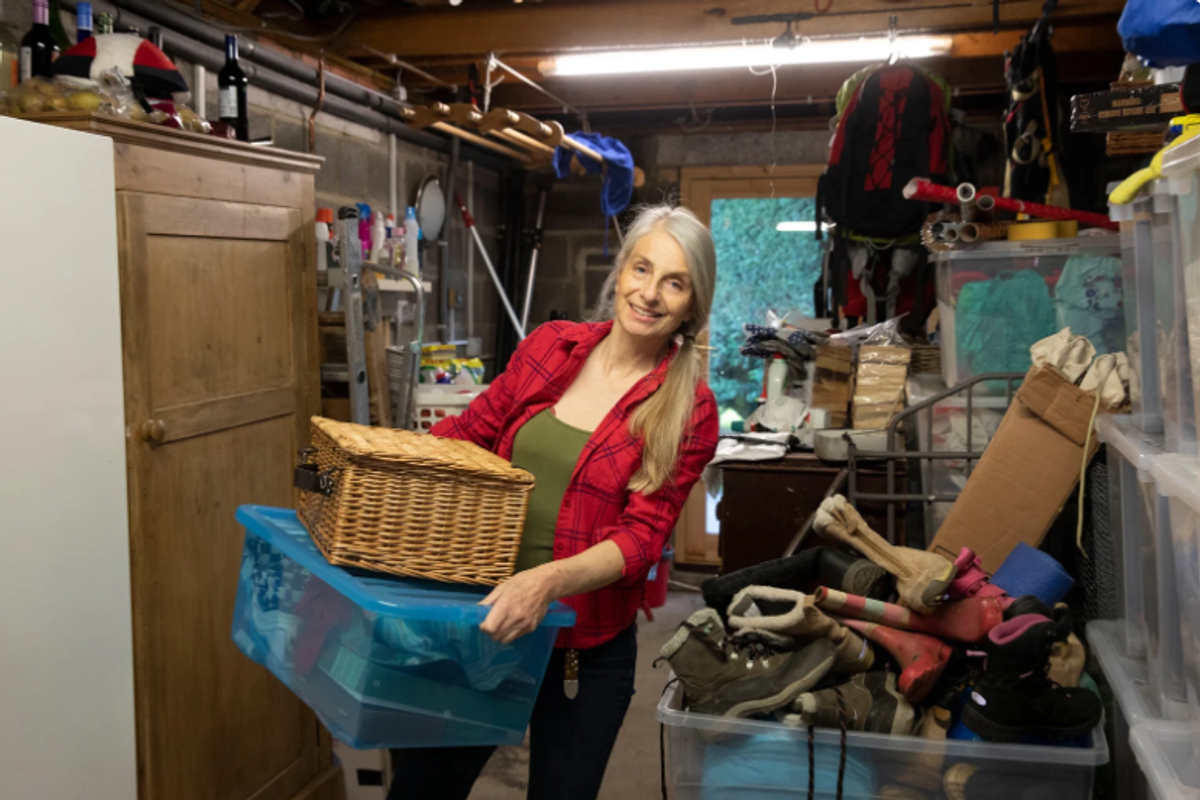Obama just quietly signed a major anti-slavery bill. It's a game changer.
The Trade Facilitation and Trade Enforcement Act of 2015 has been signed into law.
I've got some news that might be, er, tough to swallow for you shrimp lovers out there.
Some of that succulent seafood you're used to seeing on a plate like this...
Photo by Ethan Miller/Getty Images.
...or — if you're more about that deep-fried life — all crispy like this...
Photo by Rod Lamkey Jr./AFP/Getty Images.
...it may have been plucked from the sea in a port that looks something like this:
Photo by Paula Bronstein/ Getty Images.
The photo above was taken in Thailand, a country where slave labor has become all too common within the fishing industry.
Fishing is a huge industry in Thailand — worth roughly $7 billion in exports every year — with people in markets like Europe and North America gobbling up whatever fishermen are catching.
The bad news? At least some of the profits these Thai companies rake in are being made on the backs of slaves, an Associated Press exposé revealed last year.
So, yep ... if you've snagged seafood from stores like Walmart or Kroger, you may have bought crustaceans caught by slaves.
Photo by Kevork Djansezian/Getty Images.
Through empty promises of (paid) work, many slaves are lured into human trafficking circles across South Asia, where they're abused, drugged, and caged, with no pay for their labor. Some Thai officials, by the way, had been well aware of (and even helped facilitate) this atrocity.
"I cried," Lang Long, a former slave who'd been rescued, told The New York Times last year about being resold between fishing boats multiple times.
But thanks to the AP's original exposé and many follow-up reports, about 2,000 former slaves have been rescued by authorities, and several of their traffickers have been arrested.
And now we can mark another tally in the "win" column for justice on the issue.
President Barack Obama signed a bill on Feb. 24, 2016, that effectively banned all imports of seafood caught by slaves in Southeast Asia into the U.S.
If you're like me, your first reaction to this news might have been, "Yay!" quickly followed by, "But wait ... why wasn't this already the law of the land?"
To get to the answer, you have to travel back more than a few decades.
Photo by Mark Wilson/Getty Images.
Until Obama signed the bill into law, an 85-year-old tariff law in place had a major loophole that allowed products processed through slave labor to make it onto U.S. soil legally. The loophole allowed imports, regardless of how a given product was made or processed, if there was not enough supply to meet demand domestically.
The Trade Facilitation and Trade Enforcement Act of 2015 kicks that loophole to the curb.
Sen. Sherrod Brown (D-Ohio) led the charge to include the ban within the larger bill.
"It's embarrassing that for 85 years, the United States let products made with forced labor into this country," Brown said, according to the AP. "Closing this loophole gives the U.S. an important tool to fight global slavery."
This is big news because the import ban stops products other than seafood that have been created or processed by slave laborers, too.
Like gold mined by kids in poor countries.
Thousands of children, such as the boy pictured above in Africa's Burkina Faso, are subjected to hazardous gold mining operations throughout the developing world. Photo by Ahmed Ouoba/Getty Images.
And garments sewn in Bangladesh by women who've been subjected to abuse.
Remember the 400 people who'd been killed in 2013 while working in a Bangladesh factory? They were making products bought by many consumers in the West — while getting paid less than $50 a month. Photo by Munir Uz Zaman/AFP/Getty Images.
Yes, this ban only applies to U.S. imports, and certainly falls short of solving the global crisis of child and slave labor. But it's a big step.
And now you can help push progress forward, too. The more people who know about modern slave labor — and use their purchasing power to fight it — the better equipped we are to end the injustice.





 Stayin Alive GIF by Bee Gees
Stayin Alive GIF by Bee Gees 
 Friends sharing a moment in the sunlit park.
Friends sharing a moment in the sunlit park. Feeling the stress: A young woman holds her head in frustration.
Feeling the stress: A young woman holds her head in frustration. Friends sharing a laugh over coffee at a cozy café.
Friends sharing a laugh over coffee at a cozy café.
 Close up of lilac flowers. Photo by
Close up of lilac flowers. Photo by